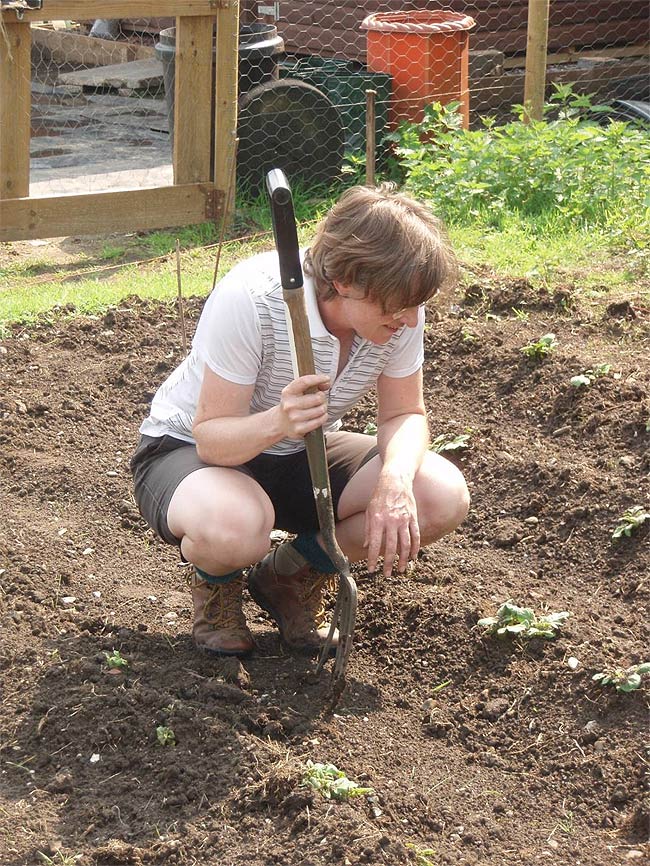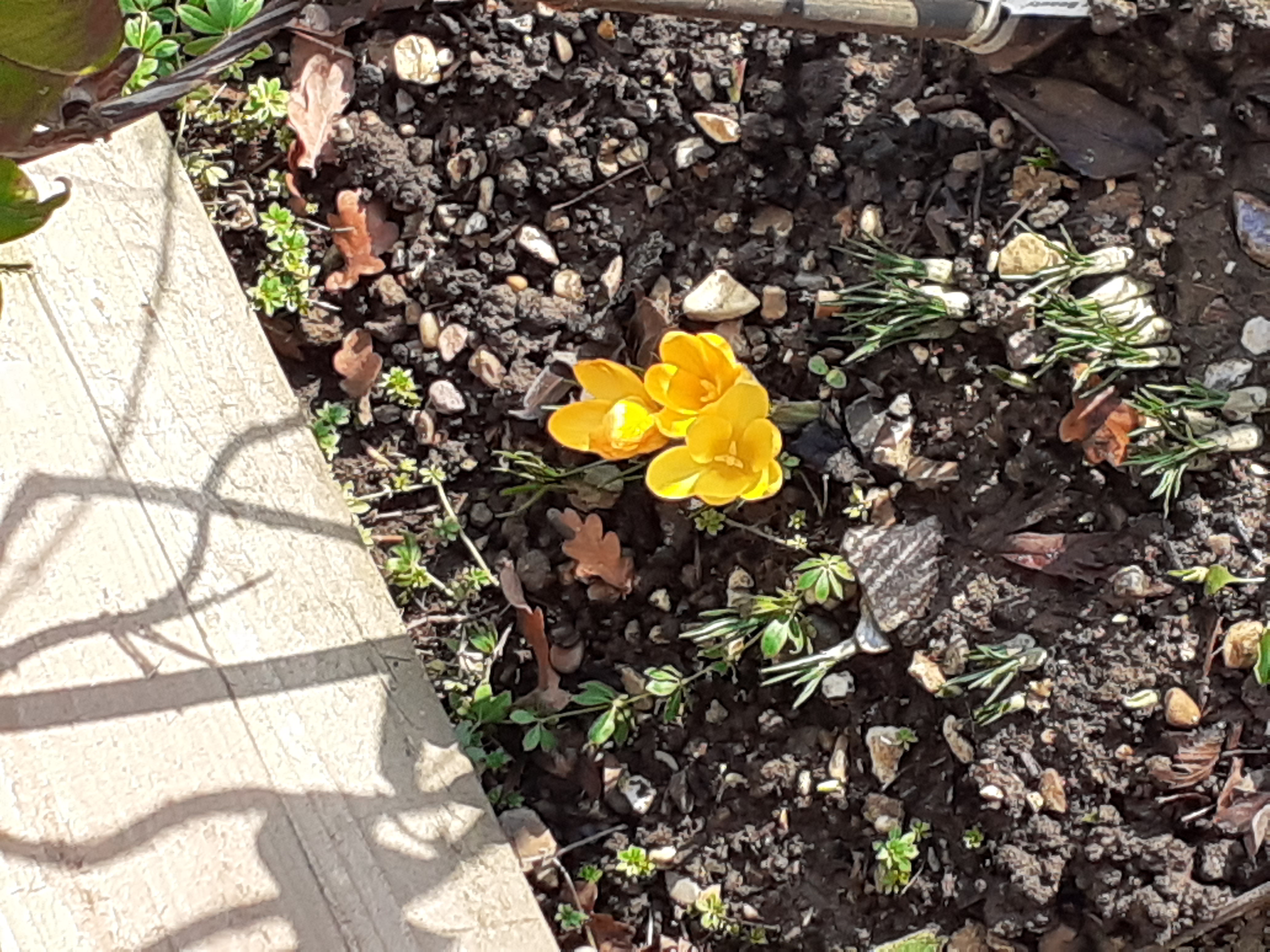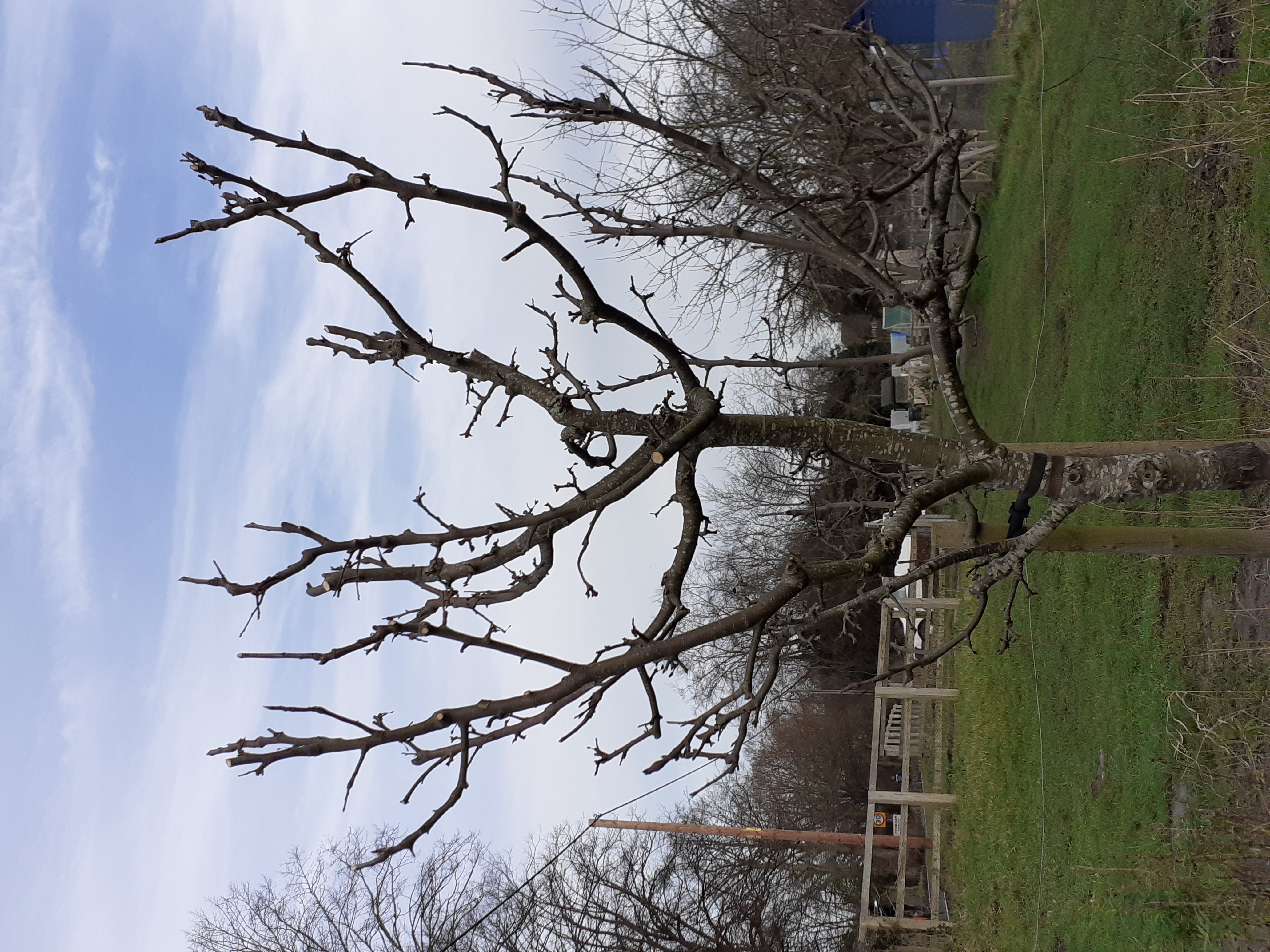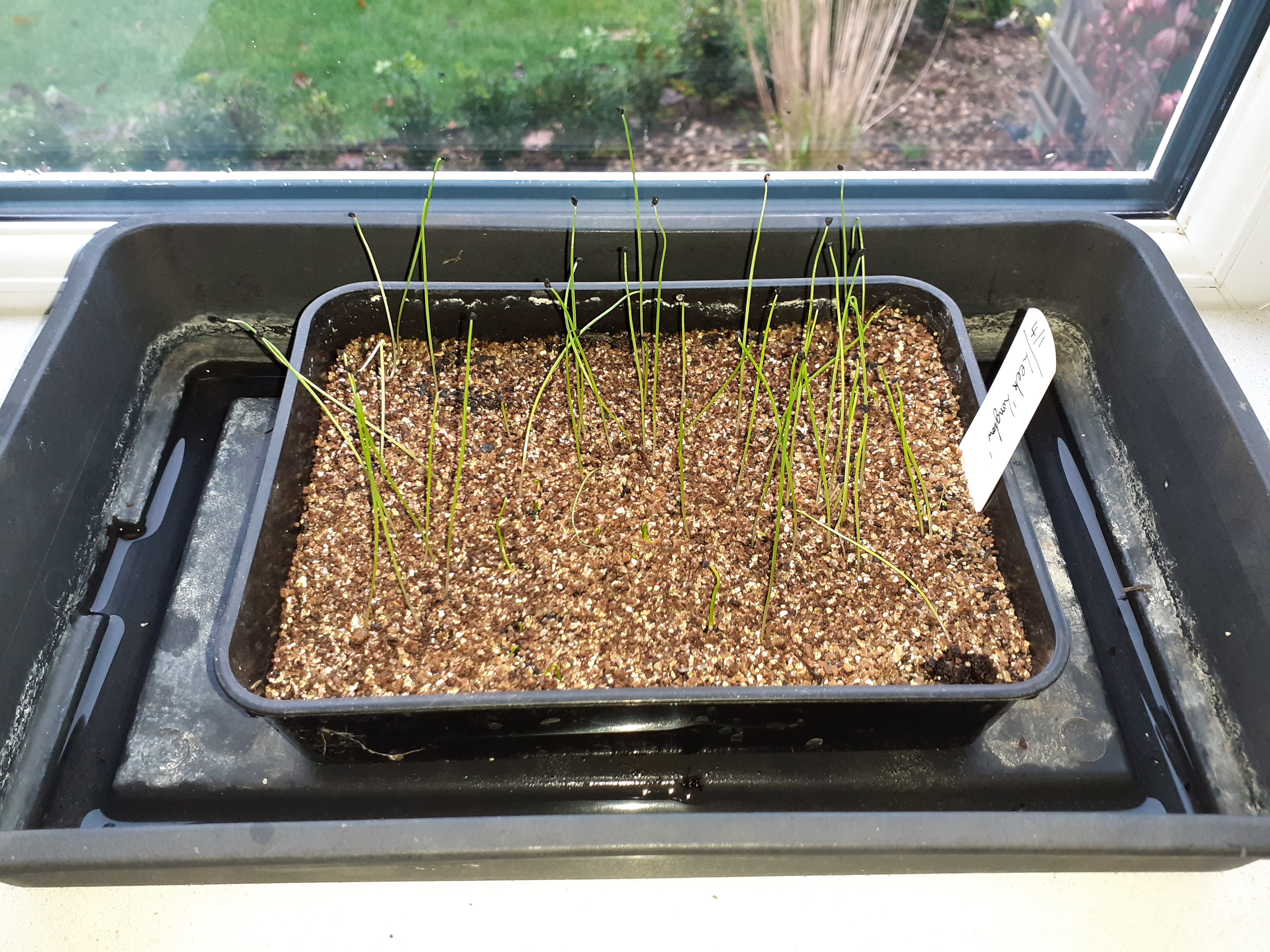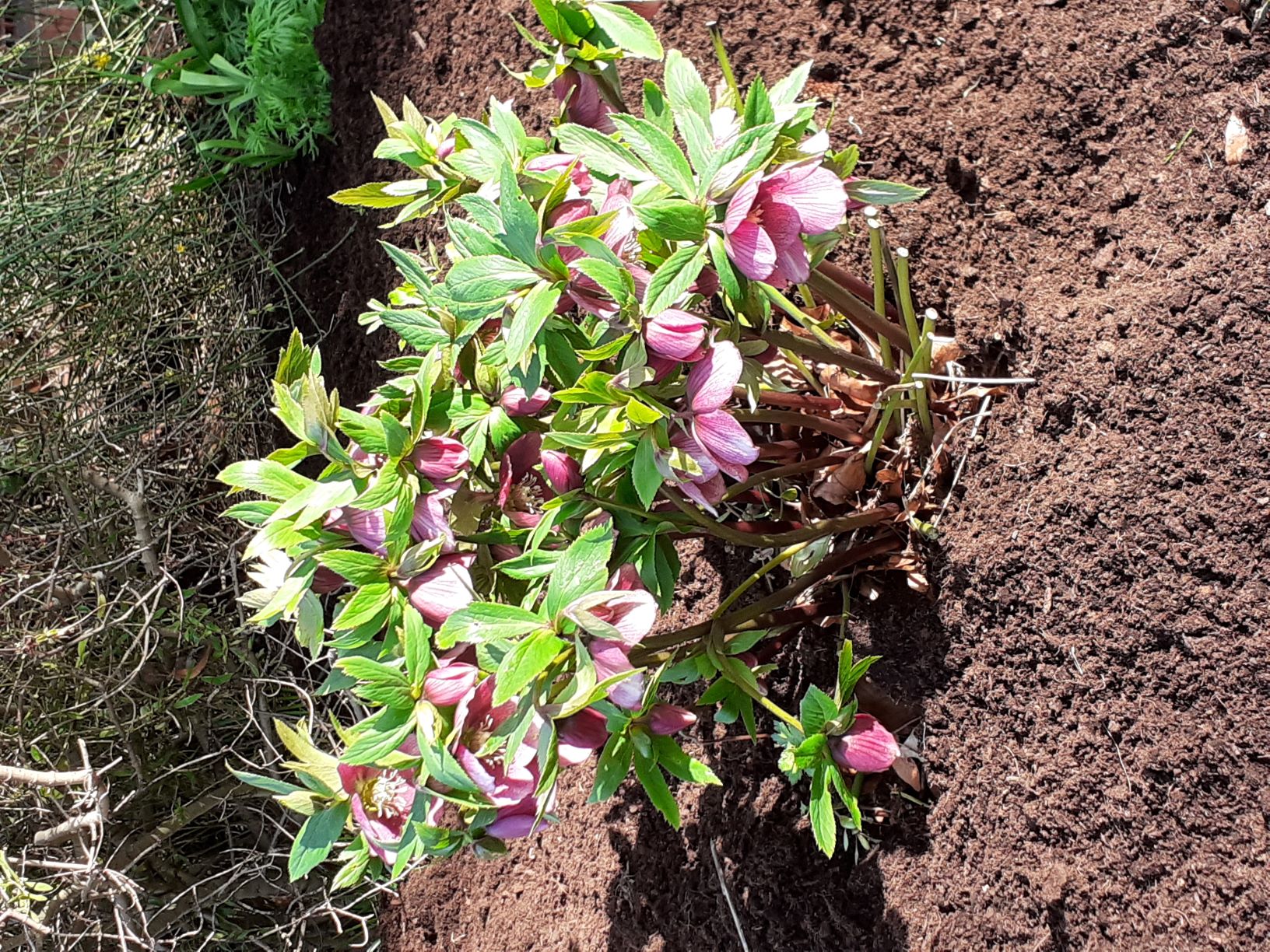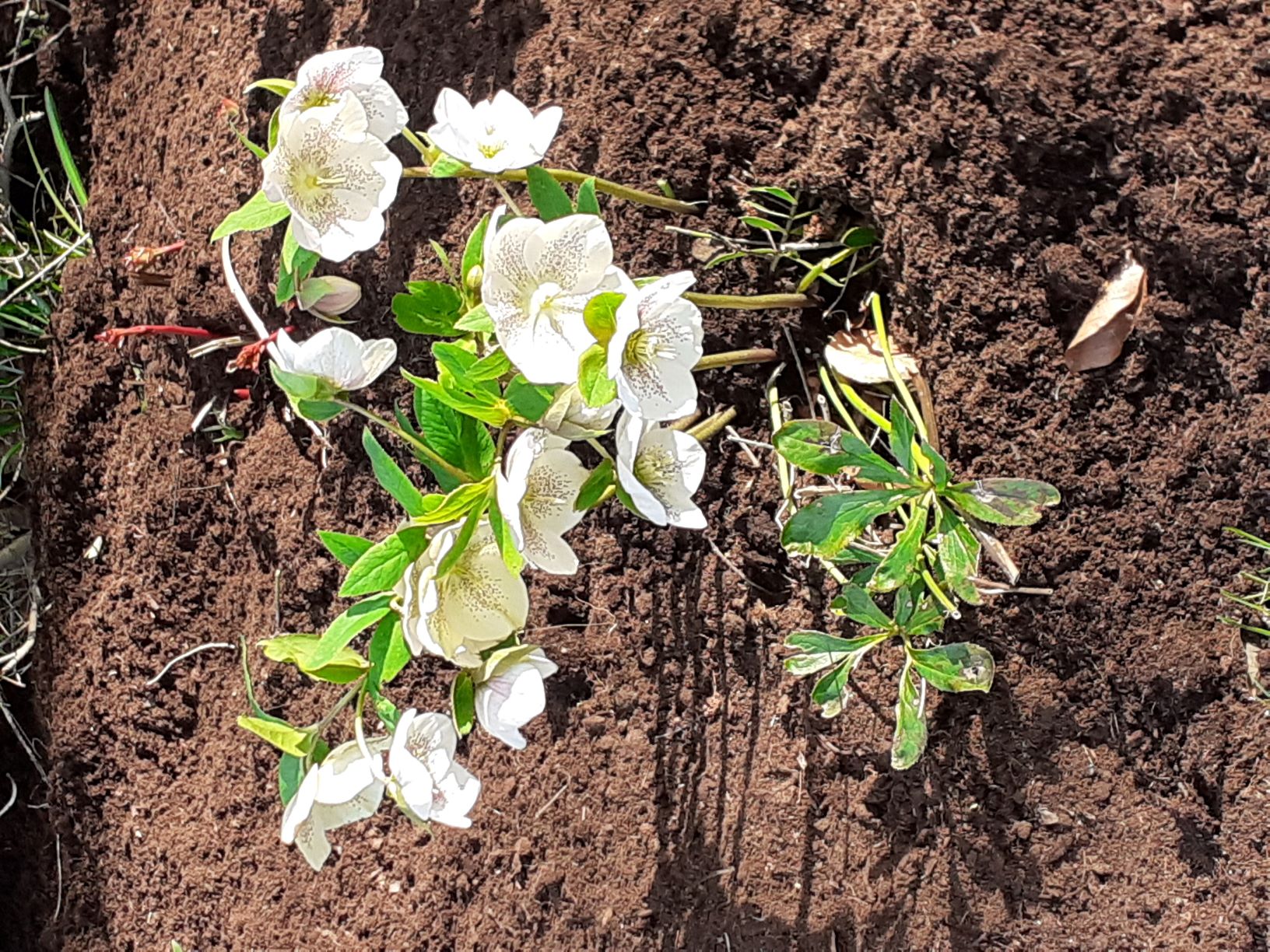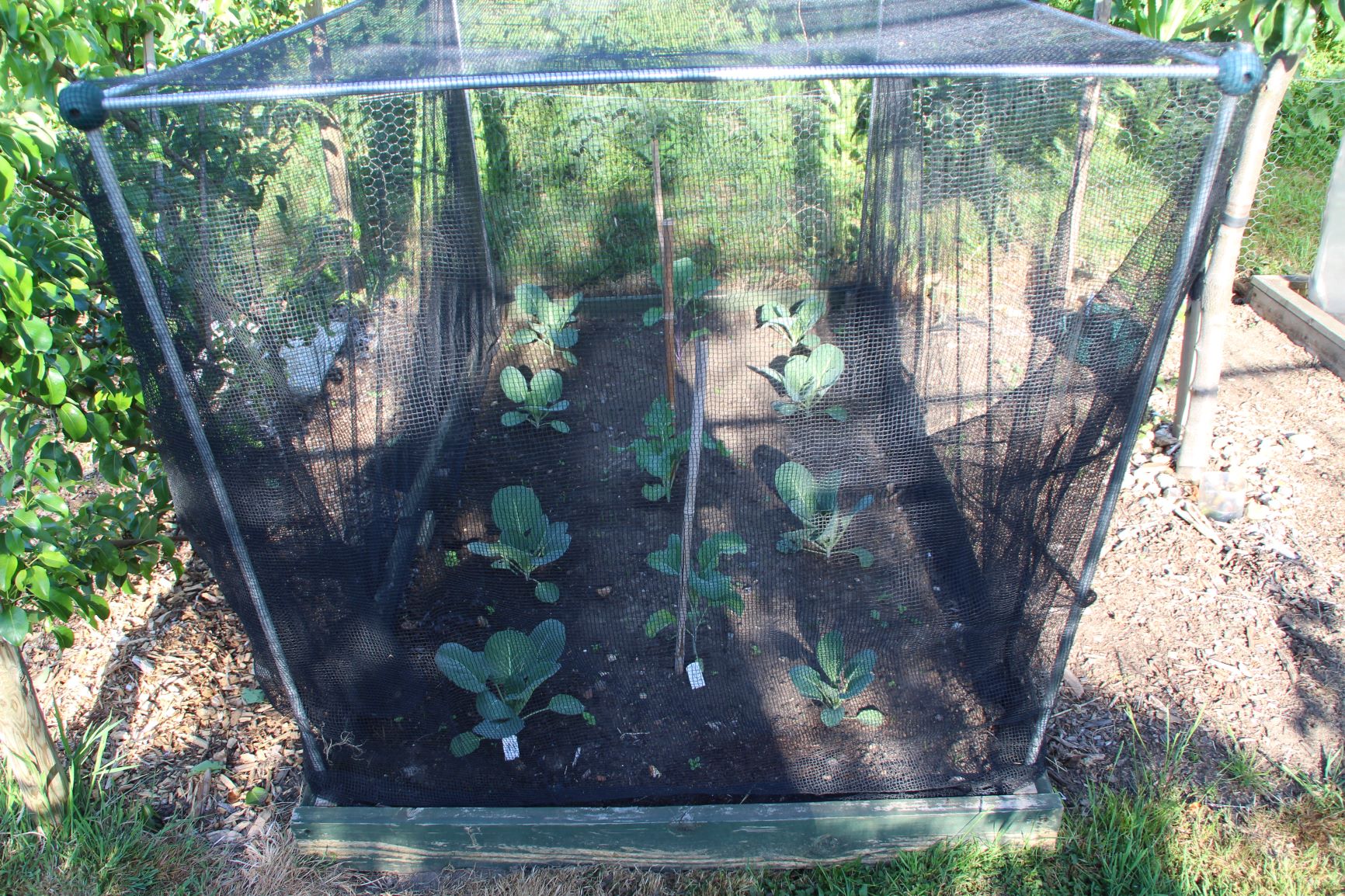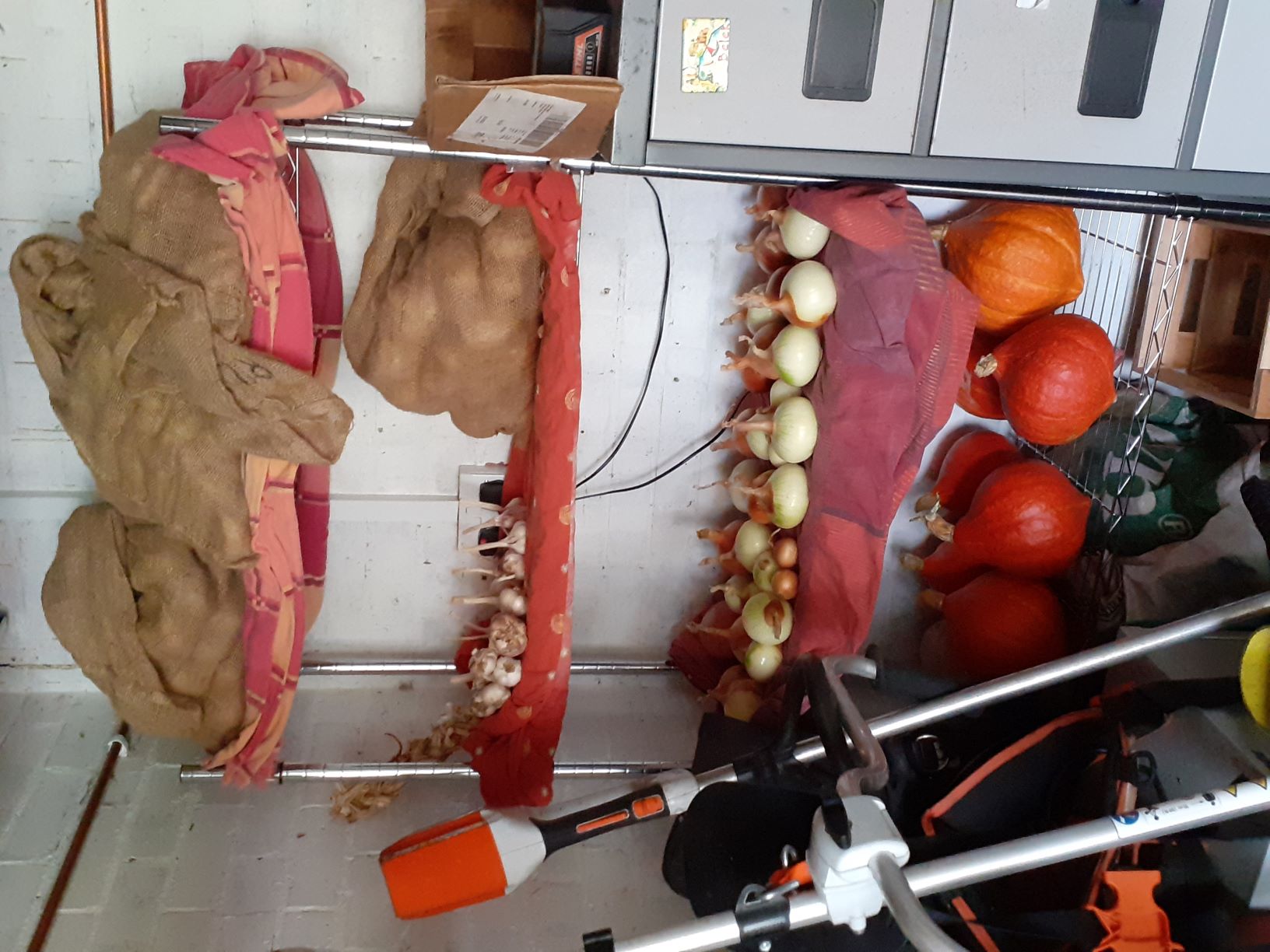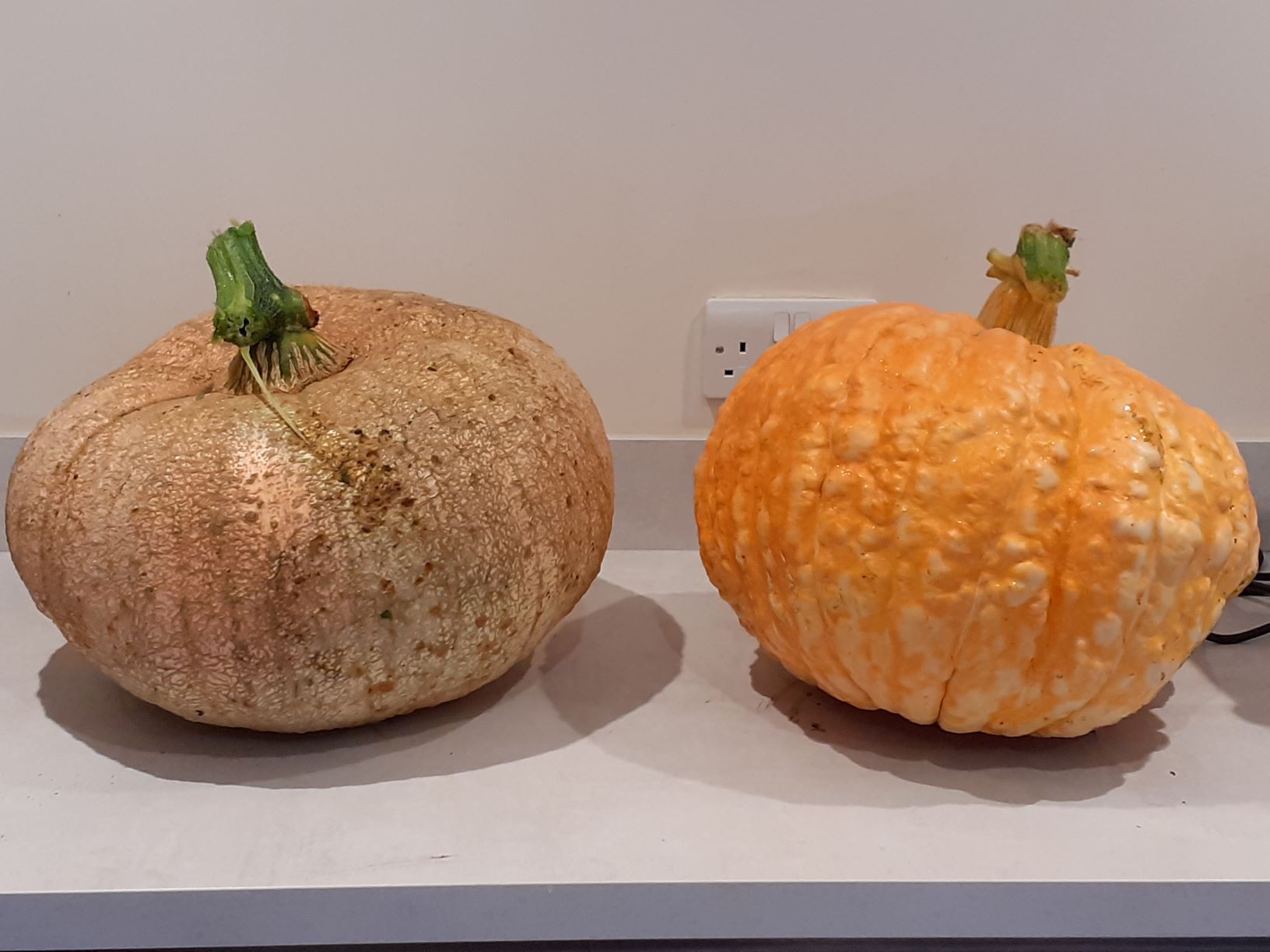After the first week or so of May, in Berkshire, it is usually safe to assume that the risk of frost has passed, so gardeners’, thoughts can start to turn to preparations for summer. This year however, has seen an unusually cold April with regular overnight frosts, so we will be keeping plants under cover until we are sure that they will be safe outside.
Once you’re confident that the weather has turned, tender bedding like Pelargoniums and Begonias and perennials such as Dahlias and Cannas can start to go out without protection. Similarly, after a period of hardening off, tender plants like squashes, peppers and tomatoes can go into your kitchen garden. By the end of May, the soil should be warm enough to sow beans straight into the ground too.
Potatoes are likely to be showing growing tips above ground by early May, so make sure that you draw soil over these new tips both to protect the tips from overnight cold and to make sure that you don’t get developing tubers exposed to light, which will turn them green and unusable.
Normally, the Chelsea Flower Show at the end of May signals “The Chelsea Chop” for late-flowering perennials (for example Phlox, Helenium, Echinacea and some Sedum). The show is later this year, but it is still a good idea to cut back these plants now by about half using shears. This will give you bushier, more compact plants and usually more flowers that will extend later into the season.
The foliage on spring bulbs should have died back by the end of May, so it is good time to clear away the dead foliage to create space for your summer plants. If flowering of daffodils has reduced over the years, then they may be congested. Now that they have returned to dormancy, you can lift and divide them, re-plant them nice and deep (about 3 times the depth of the bulb and if your drainage is poor, add some grit to the planting holes. If you have had bulbs in pots over the winter, then plant these out as well to increase numbers in the garden.

